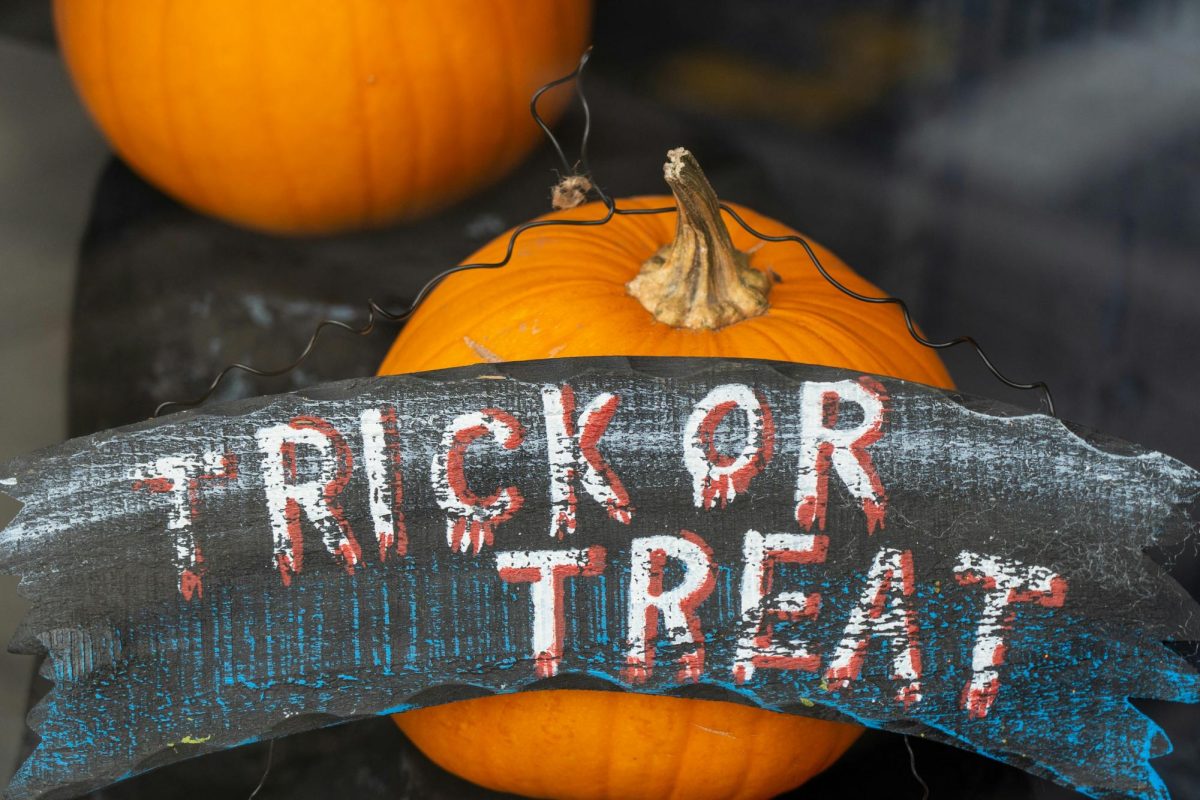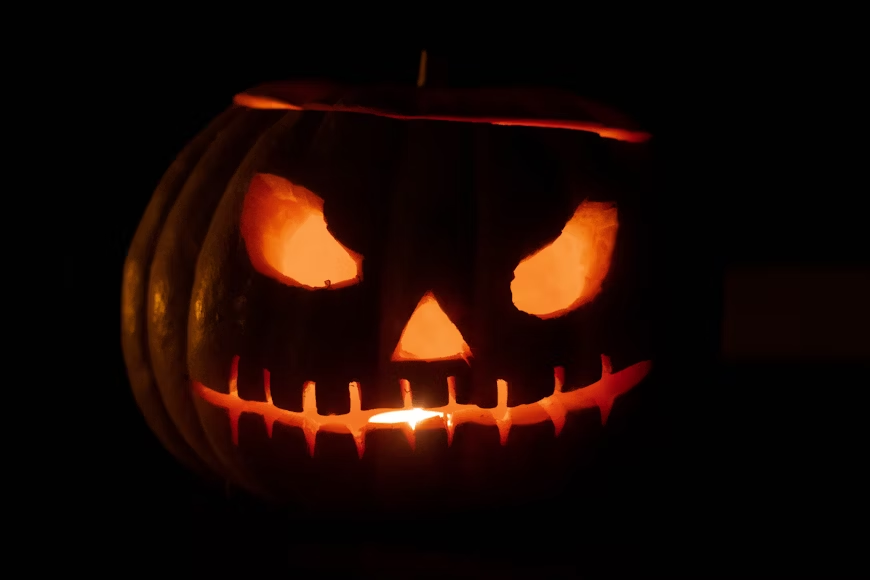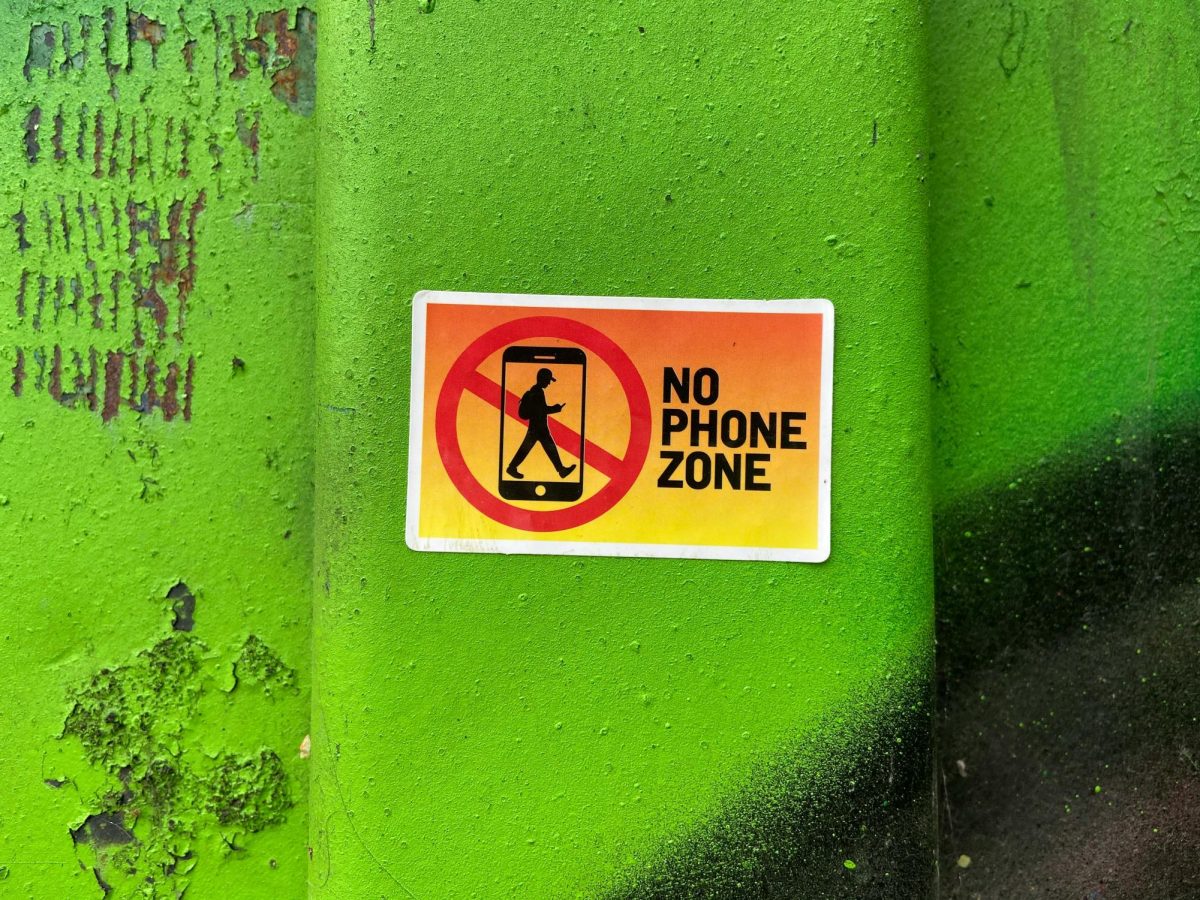Halloween is a beloved holiday; a time when kids eagerly dress in costumes and go door-to-door searching for sweet treats and candy. But at what point do we stop being kids?
Trick-or-treating roots from ancient pagan traditions, where disguises, more commonly known as costumes, were worn to ward off ghosts. It has evolved over thousands of years, becoming one of the most popular holidays in the U.S. Yet today, as teens reach high school, many face criticism for continuing to participate in this cherished activity. But why should they? Graduation should mark the transition into adulthood, while giving teens a few more years to enjoy Halloween in a safe, wholesome way.
In many communities, teens who trick or treat often receive scorn and judgment, despite evidence proving that it is harmless fun compared to riskier activities. Research conducted by the National Institutes of Health found that over one-third of teens (39%) report attending parties where alcohol is available. As a result, Halloween night for high schoolers is oftentimes associated with illegal and dangerous behavior. Yet, ironically, many discourage the safer alternative. By pushing teens away from this custom, society may unwittingly push them toward situations that are far more hazardous with lack of supervision.
Evidence shows that communities benefit greatly from traditions like trick-or-treating, which promote neighborhood bonding and interaction. William Doherty, a psychotherapist at the University of Minnesota, notes that community rituals like Halloween reinforce social connections and give young people a sense of belonging and nostalgia. These moments help foster a safe environment where kids can have fun in ways that are still tied to childhood before having to essentially “grow up” and take on real-world responsibilities. Isn’t it time to cherish childhood tradition, rather than rushing the youth to grow up?









